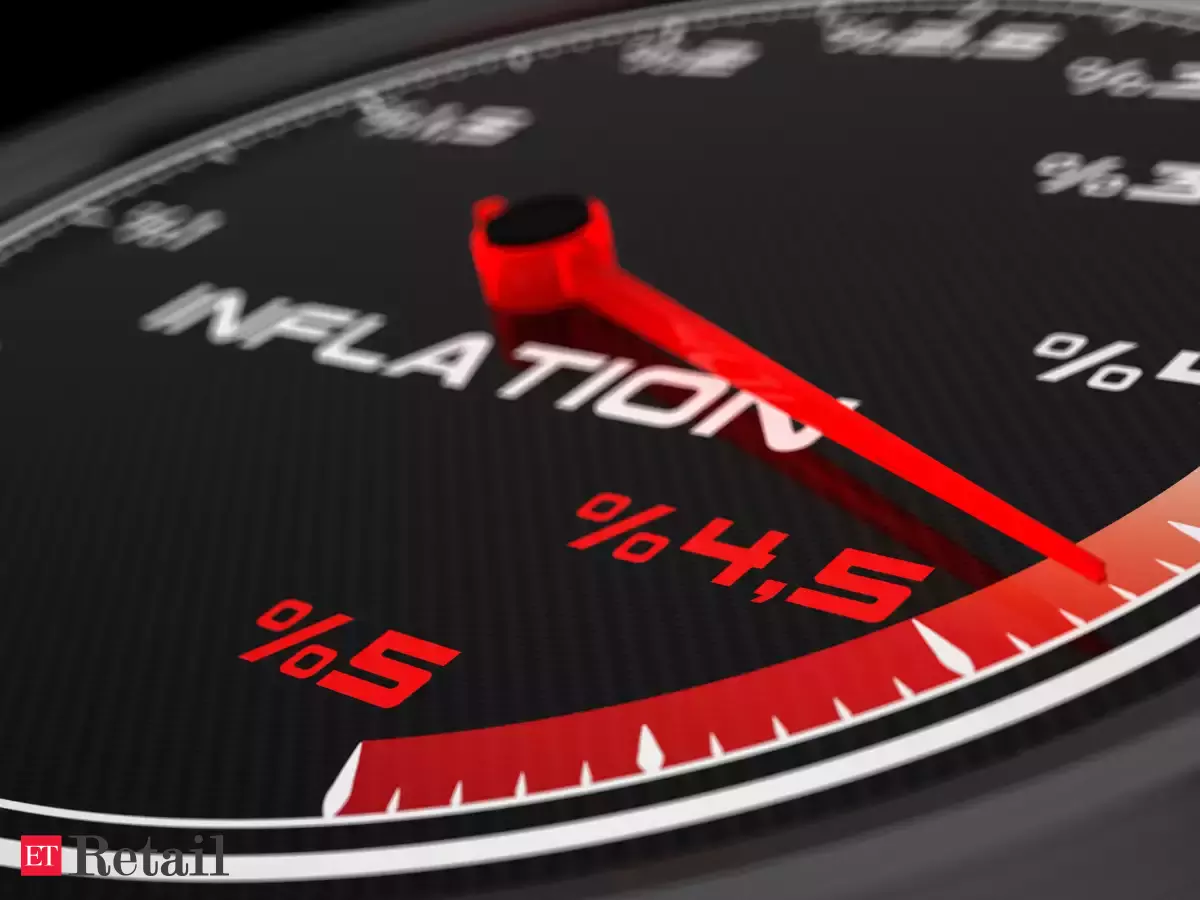India’s inflation export duty hikes and tax cuts will likely hurt economic growth and raise the chances of the fiscal deficit widening, but do little to bring down retail prices within the central bank’s tolerance level, economists and industry officials said.
Over the past month, India’s fiscal and monetary policy have U-turned from being growth-focused to honing in on inflation – with the central bank raising the key interest rate by 40 basis points, and the government cutting taxes on fuel and disincentivising exports. India’s inflation “The measures announced mark a tacit admission by the government that both fiscal and monetary policies are set to be deploy to bring inflation down,” said Sonal Varma, an analyst at Nomura.
Still, despite government intervention, India’s inflation may end up with retail inflation at least 100 basis points above its 6% tolerance level, as key food prices are likely to be on the rise, economists at banks like HSBC and Nomura said.
The moves could hurt growth and the fiscal deficit could widen by 40-50 basis points, they said. Despite the central bank governor saying India was likely to achieve its fiscal deficit target at 6.4% of GDP.
India’s inflation export duty hikes and tax cuts will likely hurt economic growth
Higher borrowing costs due to rate hikes and measures such as export taxes which could slow capital spending will hurt growth prospects, said Suvodeep Rakshit of Kotak Economic Research.
“The recent setback to growth and uncertainty on consumer demand is likely to push the revival in the private investment cycle further away,” Rakshit said.
He kept his inflation projection unchanged at 7.2% for 2022/23.
India imposed an export tax of 15% on 11 steel products and raised taxes on iron ore exports. Effectively slowing exports of such products. Months after pushing companies to boost capital expenditure and exports.
“This will discourage capital expenditure in this country. People start to invest in capex, and it was not design to service the domestic market. V R Sharma, managing director of Jindal Steel & Power, told Reuters.
Sharma said the move drives the industry away from boosting exports. Helping the government achieve its $1 trillion export target by 2030, from $669.65 billion in 2021/22.
A basket of iron and steel products recorded the second highest rate of growth among all major commodities. During the year ended March 2022, and accounted for 7.5% of all exports.
The government’s earlier move to ban wheat exports will also hurt exports and growth. Christian de Guzman of Moody’s Investor Service said.

